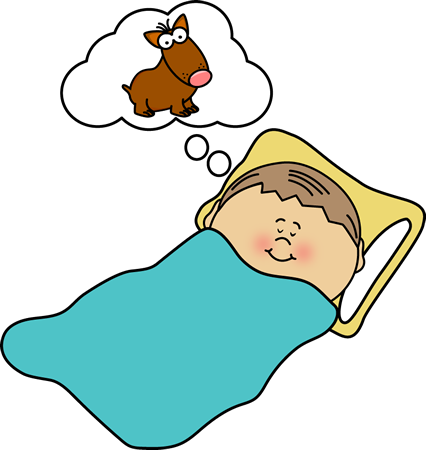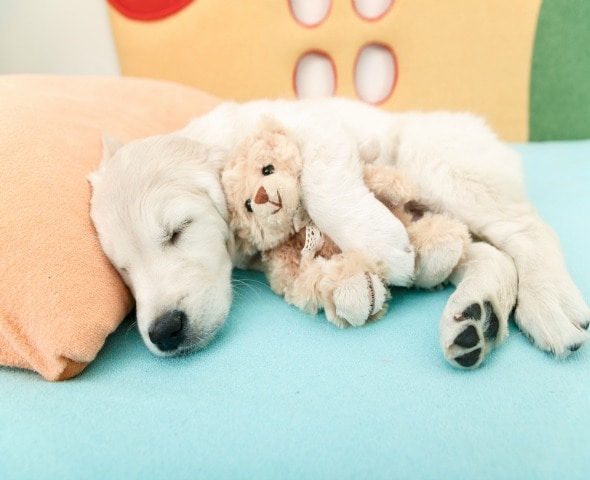


“When the hippocampus replayed these little sequences, the visual cortex also replayed the corresponding visual perceptions,” Wilson says. And this time, the replays were coordinated in both parts of the brain Wilson was looking at, reflecting the same experience. Again, the rats’ neurons fired in the same sequences during sleep as they had when the rats were in the maze, replaying the events of the day. Wilson tried a similar experiment a few years later, this time recording activity in both the same part of the brain he had before (the hippocampus) and also the visual cortex, the part of the brain that processes visual information. The rats’ brains were replaying their trip through the maze while they slept. When he looked at the neurons’ activity again while the rats were in REM sleep, he saw the exact same pattern of activity, happening at almost same speed as when the rats were awake. Wilson recorded the activity of the rats’ neurons, or brain cells, as they ran through a maze, and saw that the cells “fired” in a distinct pattern. He took a peek inside the brains of sleeping rats. But in 2001, Wilson did the next best thing to try and find out. Of course, we can’t talk to dogs and compare our dreams to theirs, so it might seem hard to say for sure if other animals dream like we do. We all also have similarly high levels of brain activity during this stage of sleep, and have a brain structure called the Pons Varolii–which paralyzes our major muscles during REM sleep to keep us from moving around too much and “acting out” our dreams–in common. Humans, dogs and all other mammals experience rapid eye movement (REM) sleep, the sleep stage during which we experience dreams. “When you look at brain structure, when you look at sleep physiology, the brain activity that goes on, the equivalence of the sleep states, it's all very comparable,” Wilson says, regarding the mammal family tree. Dogs, and other animals, actually aren’t that different from us when it comes to certain aspects of sleep.

Do Dogs Dream?įor Matt Wilson, a neuroscientist who studies memory and learning at the Massachusetts Institute of Technology, there is no question that many animals dream. Find out more about what’s going on in your dog’s head while he’s dozing, below. With all that sleep, it’s easy to wonder if dogs dream like people do. Puppies, senior dogs and certain breeds get even more shuteye, around 18 to 20 hours. According to the National Sleep Foundation, dogs spend about half their day (or, more precisely, 12 to 14 hours of every 24-hour cycle) sleeping.


 0 kommentar(er)
0 kommentar(er)
